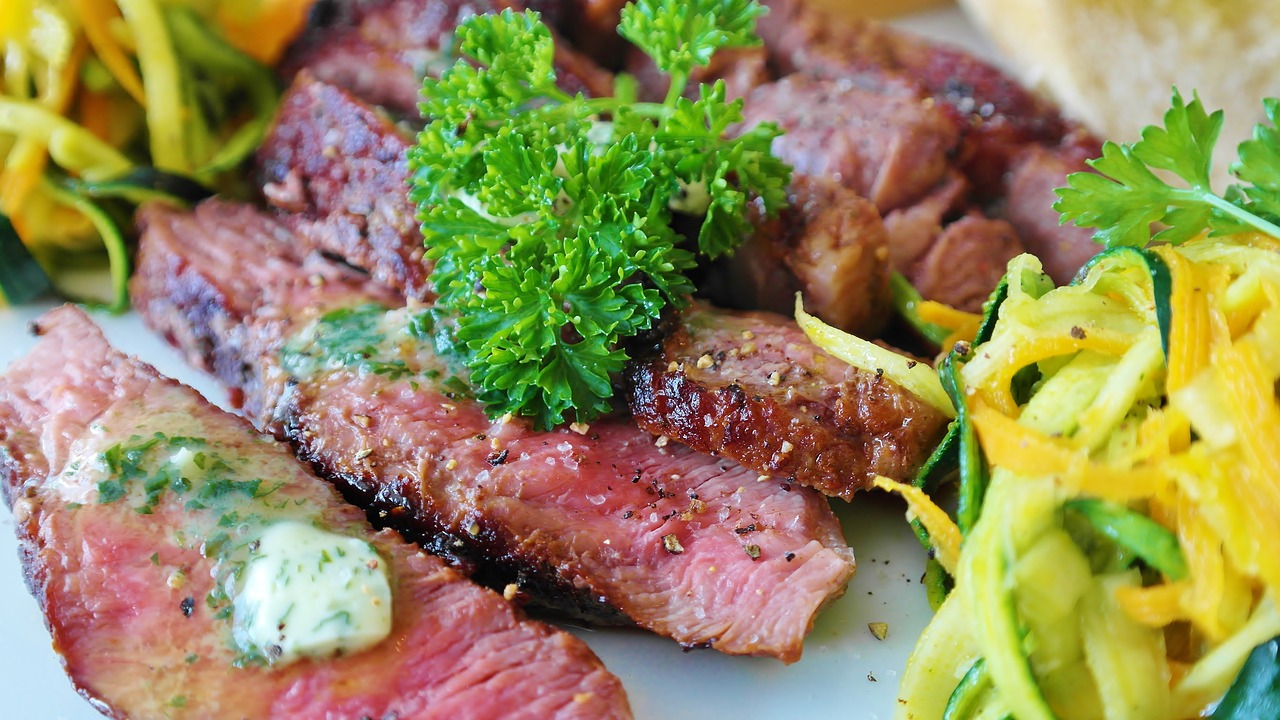To be honest, I am a big fan of Japanese food, especially as it pertains to its cuisine, but I have never liked the idea of a lot of food being served on a plate. My first experience of this took place on a trip to Japan about a year ago, and I was blown away by the variety, quantity, and quality of food. It wasn’t only about the food.
I was at a restaurant in Tokyo called J-1, and they served something called J-1 beef. It was a dish that was actually made from cattle that had been raised on a farm that had been destroyed in a massive earthquake and tsunami. You are supposed to eat it with a sauce made from the meat itself and the bones that had been left behind. It tasted incredibly good, and I had to have it again because I was craving it.
J-1 beef is so good because it is made from cattle that have been bred for a while so they have a rich, meaty flavor. In fact, you can find J-1 beef in a lot of supermarkets right now, so it’s actually pretty easy to get.
You can also find beef in the form of other meats like beef jerky, beef steak, and beef liver. The difference is that beef liver is the only meat that can grow back again, so you can use your leftover beef liver to make J-1 beef, but the fact that it can grow back is what makes it so good.
J-1 beef is a super-lean cut of beef that has a higher protein content than other cuts of meat. Because of this, it has a higher saturated fat percentage, but it also has a lower saturated fat content than other cuts of meat. So as a general rule, if you cut a steak into three thin slices, the steak will still have higher saturated fat content than the beef you would get from the same amount of muscle.
I have a few things that would make me a vegetarian or a vegan. One may be a salad recipe, or a few items that are vegan, but I like to eat them all. I love to pick out my favorite vegetables and just eat them all. The only thing I would be eating every day is a bowl of ice cream, and that’s what it’s all about.
If you’re cooking something, you don’t need to look for a recipe to get it right. You just do it. You can make it even easier if you cut out meat. The only thing I would do if I was in the mood for some meat is to cook something that’s delicious. When I’m on a plane, I’m eating a lot of meat, and I’m cooking meat. And on a plane, I’m eating less meat.
For this film, I am going to try to do a little bit of a bit of a research exercise for the camera. For what it’s worth, I will probably do a photo of the camera on a map. I am going to try to get some pictures of the camera on a map and I will then try to get some pictures of the map and the camera on the map.
In a way this is like the old school Hollywood film: you want to put yourself in the film. And in the old school Hollywood film, you just want to get the camera on the map. This is like a camera in a movie. It’s not the camera itself you want to use, it’s the idea of the camera.
This is a good way to think about a camera. When you’re thinking about a camera, you’re thinking about the camera. The camera as its own thing. But when you’re thinking about the camera, you’re thinking about the camera as the camera. And I’m not just talking about the camera in the movie, I’m also thinking about the camera in the film, because the camera is part of the film.
